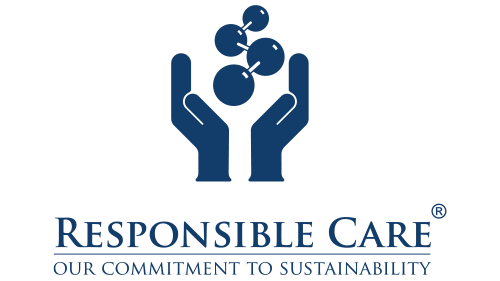Shipper | Best practices
Best practices for the transportation of hazardous materials
As a proven expert in hauling HazMat, Schneider’s Bulk division shares 4 ways your carrier can help you mitigate HazMat transportation risks.
What is considered hazardous material in shipping?
A Hazardous Material (HazMat) is a substance or material that poses a risk to health, safety or property when transported in commerce. The U.S. government designates materials as hazardous under the federal Hazardous Materials Transportation Act (HMTA). This includes hazardous substances, hazardous wastes, marine pollutants and elevated temperature materials.
In 2020, the U.S. Census Bureau reported that 3 billion tons of hazardous materials are shipped nationwide each year. Most of these materials are shipped by truck. The Pipeline and Hazardous Materials Safety Administration agency of the U.S. Department of Transportation is responsible for regulating the safe transportation of HazMat. Special training is required by law for anyone who transports HazMat.

What to know about the transportation of hazardous materials
A lot goes into the transportation of hazardous materials, which amplifies the importance of working with a carrier that understands what it takes to deliver your HazMat safely. Shippers and carriers alike understand:
- There are unique risks when shipping hazardous materials.
- Mishandling hazardous materials loads can hurt your bottom line, damage the environment and put drivers and the public at risk.
- With proper handling by trained and knowledgeable drivers led by internal experts, these incidents can be prevented.
- Effective prevention and management start with proven EHS&S (environment, health, safety and sustainability) procedures and a certified reputation of putting those principles into practice.
4 ways your carrier can help you mitigate HazMat shipping risks
Here’s what you can expect from a bulk shipping provider that’s a proven expert in hauling HazMat, Schneider’s Bulk division:

Use equipment packed with risk-reducing details

Ensure drivers are properly trained on how to handle HazMat freight

Instill a process designed around safety

Install tech that can provide smarter and safer actions
1. Use equipment packed with risk-reducing details
- Industry experts select the right PPE (personal protective equipment) through review of every product’s SDS (safety data sheets) to keep drivers safe while handling and transporting chemicals — from basic PPE like hard hats and goggles to respirators and full body suits.
- Placard replacement kits help to ensure that freight can continue to move because the proper placard can be replaced en route.
- Specialty trailers or ancillary equipment such as Rubberline, Derakane or Teflon rope gaskets can be used to protect your product.
2. Ensure drivers are properly trained on how to handle HazMat freight
- Industry-leading orientation and regular training to keep drivers up to date on new and emerging regulations and in the practice of handling HazMat freight.
- Drivers use trucking-specific GPS-guided routes for the transportation of hazardous materials — verified by drivers — ensuring loads are both compliant and arrive safely to the destination.
- All Schneider drivers are able and ready to safely wear a respirator and are trained on a wide variety of safe equipment use (heat in transit, vapor recovery, etc.).
3. Instill a process designed around safety

- Schneider continually proves its commitment to safety and sustainability through maintaining the principles of RCMS (Responsible Care Management System) certification, demonstrating a safe work environment at every level of the organization and networking with salvagers to best steward the reuse of chemicals that would otherwise be disposed of.
- A 24/7 HazMat Hotline ensures drivers can be compliant with every load of hazardous materials before going over the road.
- A 24/7 HazMat Incident Management team ensures that if an incident does arise, experts are available to coordinate a rapid response that protects the environment and community.
4. Install tech that can provide smarter and safer actions
- Collision mitigation technology on trucks proven to reduce rear-end collisions by 68%.
- Forward- and side-facing cameras to increase security, freight transparency and safety.
- Speed limiters and roll stability control systems to lower crash rates by 50% and reduce risk of damaged freight.
- Automated transmissions and text-to-voice in-cab technology to improve driver focus and eliminate distractions.
- Safety Management System technology allows driver managers insight into driver behavior for coaching opportunities and real-time decision-making during critical events.
- FreightPower tracking gives shippers visibility to monitor the status of hazardous materials shipments.
How safe are your HazMat shipping processes?
According to the U.S. Department of Transportation’s HazMat regulations, if you ship products, it is your responsibility to know whether those products are HazMat and to communicate their hazards appropriately. A proven bulk carrier will help you safely handle the transportation of hazardous materials.
Schneider Bulk helped a paper manufacturer
hauling hazardous materials optimize its
supply chain. Read the case study here.
Let Schneider expertly move your HazMat products safely. Begin the process with an experienced HazMat shipping expert by completing this brief form.
Drive your business forward
Sign up to receive our industry leading newsletter with case studies and insights you can put to use for your business.












